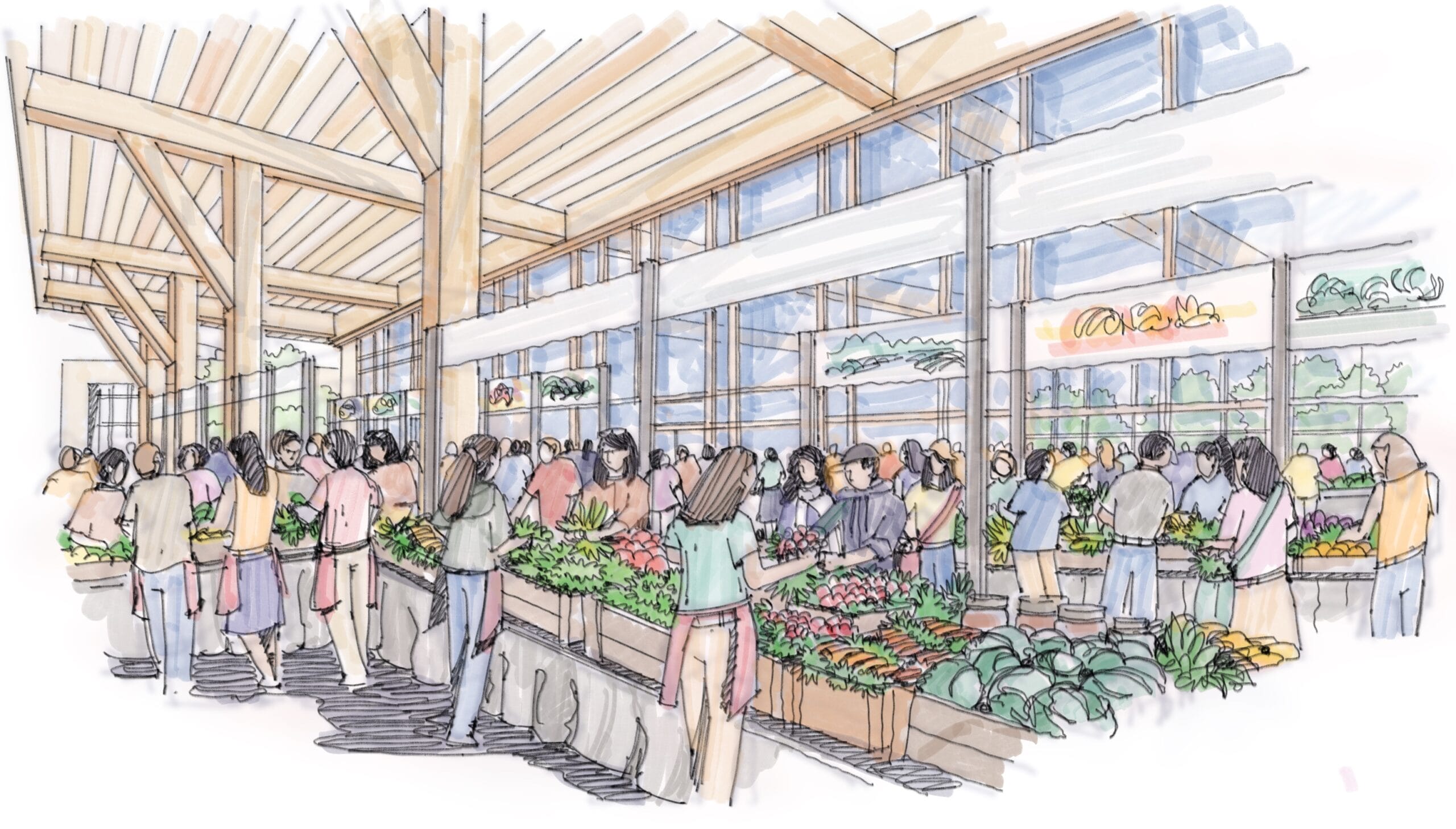As Boise and the greater Treasure Valley continue to grow, so does the importance of creating landscapes that not only look beautiful but also support our region’s unique ecology. One of the most impactful ways to do this is by planting a pollinator garden. These vibrant spaces, filled with nectar-rich native and adaptive plants, provide essential habitat for bees, butterflies, hummingbirds, and other beneficial insects. In this post, we’ll explore why pollinator gardens matter in the Treasure Valley, where to plant them for the greatest effect, and which plants thrive in our high-desert climate—so you can help create a healthier, more resilient garden right in your own backyard.
Pollinator gardens contribute directly to the health of local wildlife and plant life. Boise's rapidly urbanizing environment and dry climate make native pollinator habitat increasingly scarce. Creating a pollinator garden helps:
2. Strengthening Agriculture
With agriculture at the heart of the Treasure Valley economy, pollinators are essential. These gardens support crops like fruit trees, vegetables, and flowering herbs by increasing pollinator populations nearby.
Most pollinator plants native to Idaho are drought-tolerant and thrive in lean, dry soils. That makes them ideal for sustainable gardens in Boise’s semi-arid climate—reducing water use while adding beauty and function.
Pollinator gardens offer hands-on learning opportunities and engaging natural spaces. At the Idaho Botanical Garden, they’re integrated into public spaces for education and inspiration, helping residents envision similar efforts in their own landscapes.
Look for south- or west-facing spots that receive 6 or more hours of sunlight per day.
Edges of walkways, fences, and lawns are perfect spots that balance accessibility and visual appeal.
Use the Dry Garden and Idaho Native Plant Garden at the Garden as models. These mimic natural habitats and thrive in the Boise climate.
Short on space? Patio containers and balcony beds can be pollinator-friendly too.
Transition zones—where your garden meets foothills or natural land—help create wildlife corridors for pollinators.
| Common Name | Scientific Name | Attracts | Bloom Time | Notes |
| Showy Milkweed | Asclepias speciosa | Monarchs, bees | Summer | Monarch butterfly host plant |
| Blanket Flower | Gaillardia aristata | Bees, butterflies | Summer–Fall | Drought-tolerant and long blooming |
| Blue Flax | Linum lewisii | Bees | Spring–Summer | Great for dry soils |
| Penstemon | Penstemon strictus | Bees, hummingbirds | Spring–Summer | Part of the Garden’s Western Penstemon Collection |
| Sulfur Buckwheat | Eriogonum umbellatum | Bees, butterflies | Summer | Excellent for rocky terrain |
| Yarrow | Achillea millefolium | Bees, butterflies | Summer | Spreads easily, great filler plant |
At the Idaho Botanical Garden, pollinator plants are selected based on principles of ecological stewardship, including:
These practices offer a sustainable model for home gardeners looking to support pollinators while maintaining a beautiful and climate-resilient landscape.
